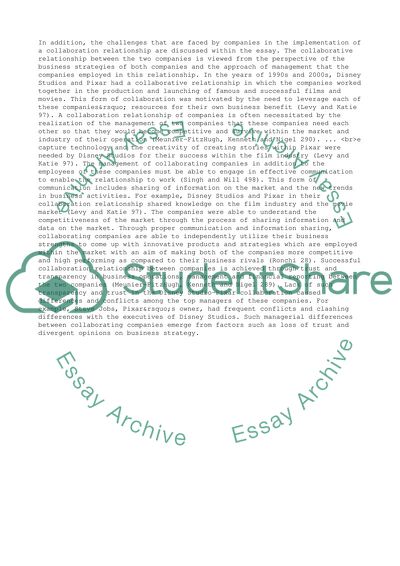Cite this document
(“Collaboration Relationship: Disney Studios and Pixar Essay”, n.d.)
Retrieved from https://studentshare.org/management/1463276-collaboration-relationship-essay-about-disney
Retrieved from https://studentshare.org/management/1463276-collaboration-relationship-essay-about-disney
(Collaboration Relationship: Disney Studios and Pixar Essay)
https://studentshare.org/management/1463276-collaboration-relationship-essay-about-disney.
https://studentshare.org/management/1463276-collaboration-relationship-essay-about-disney.
“Collaboration Relationship: Disney Studios and Pixar Essay”, n.d. https://studentshare.org/management/1463276-collaboration-relationship-essay-about-disney.


